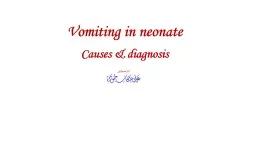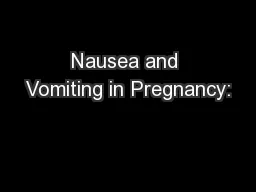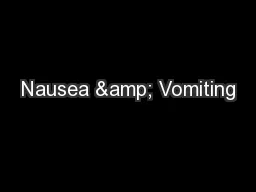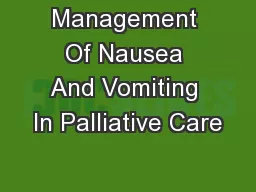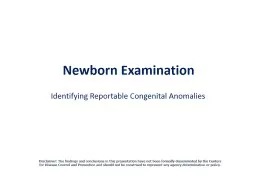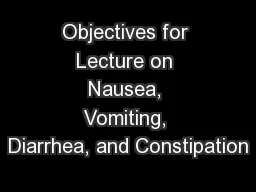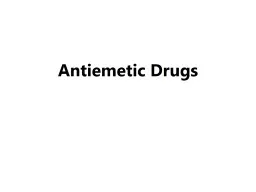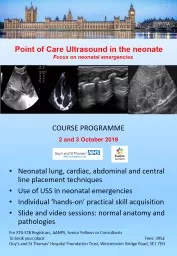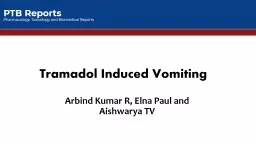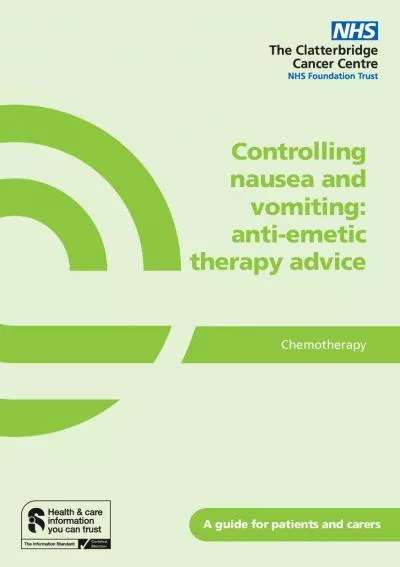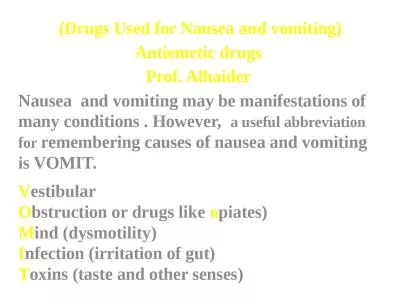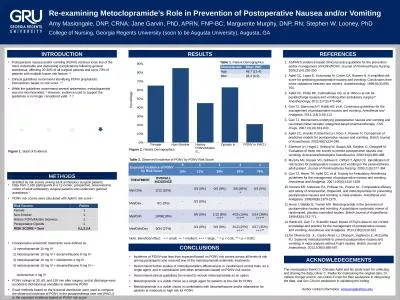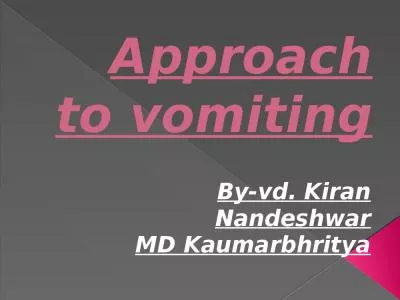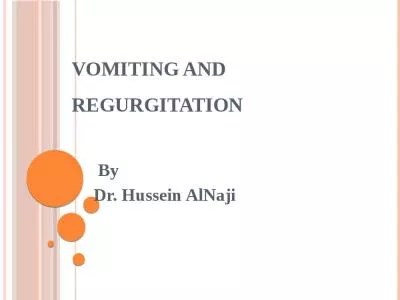PPT-Vomiting in neonate Causes & diagnosis
Author : ani | Published Date : 2022-06-11
Vomiting is significant when it is Bile stained Blood stained fresh coffeeground flecked with altered blood Projectile Persistent Associated with weight loss failure
Presentation Embed Code
Download Presentation
Download Presentation The PPT/PDF document "Vomiting in neonate Causes & diagnos..." is the property of its rightful owner. Permission is granted to download and print the materials on this website for personal, non-commercial use only, and to display it on your personal computer provided you do not modify the materials and that you retain all copyright notices contained in the materials. By downloading content from our website, you accept the terms of this agreement.
Vomiting in neonate Causes & diagnosis: Transcript
Download Rules Of Document
"Vomiting in neonate Causes & diagnosis"The content belongs to its owner. You may download and print it for personal use, without modification, and keep all copyright notices. By downloading, you agree to these terms.
Related Documents

